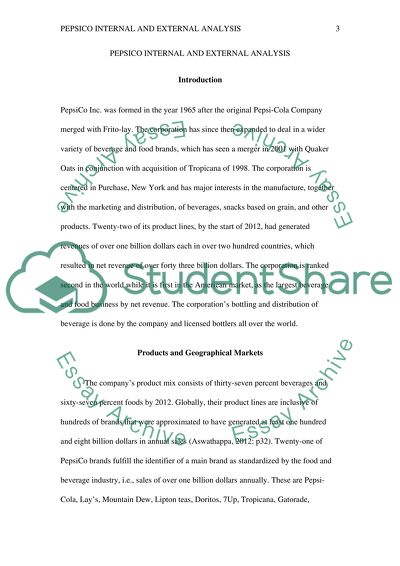Cite this document
(“PepsiCo internal and external analysis Essay Example | Topics and Well Written Essays - 2500 words”, n.d.)
Retrieved de https://studentshare.org/macro-microeconomics/1403089-pepsi
Retrieved de https://studentshare.org/macro-microeconomics/1403089-pepsi
(PepsiCo Internal and External Analysis Essay Example | Topics and Well Written Essays - 2500 Words)
https://studentshare.org/macro-microeconomics/1403089-pepsi.
https://studentshare.org/macro-microeconomics/1403089-pepsi.
“PepsiCo Internal and External Analysis Essay Example | Topics and Well Written Essays - 2500 Words”, n.d. https://studentshare.org/macro-microeconomics/1403089-pepsi.


